How to set up a CrateDB cluster with Kubernetes
Setting up a CrateDB cluster with Kubernetes can be done in just a few steps, and scaling up and down is straightforward.

Setting up a CrateDB cluster with Kubernetes can be done in just a few steps, and scaling up and down is straightforward.
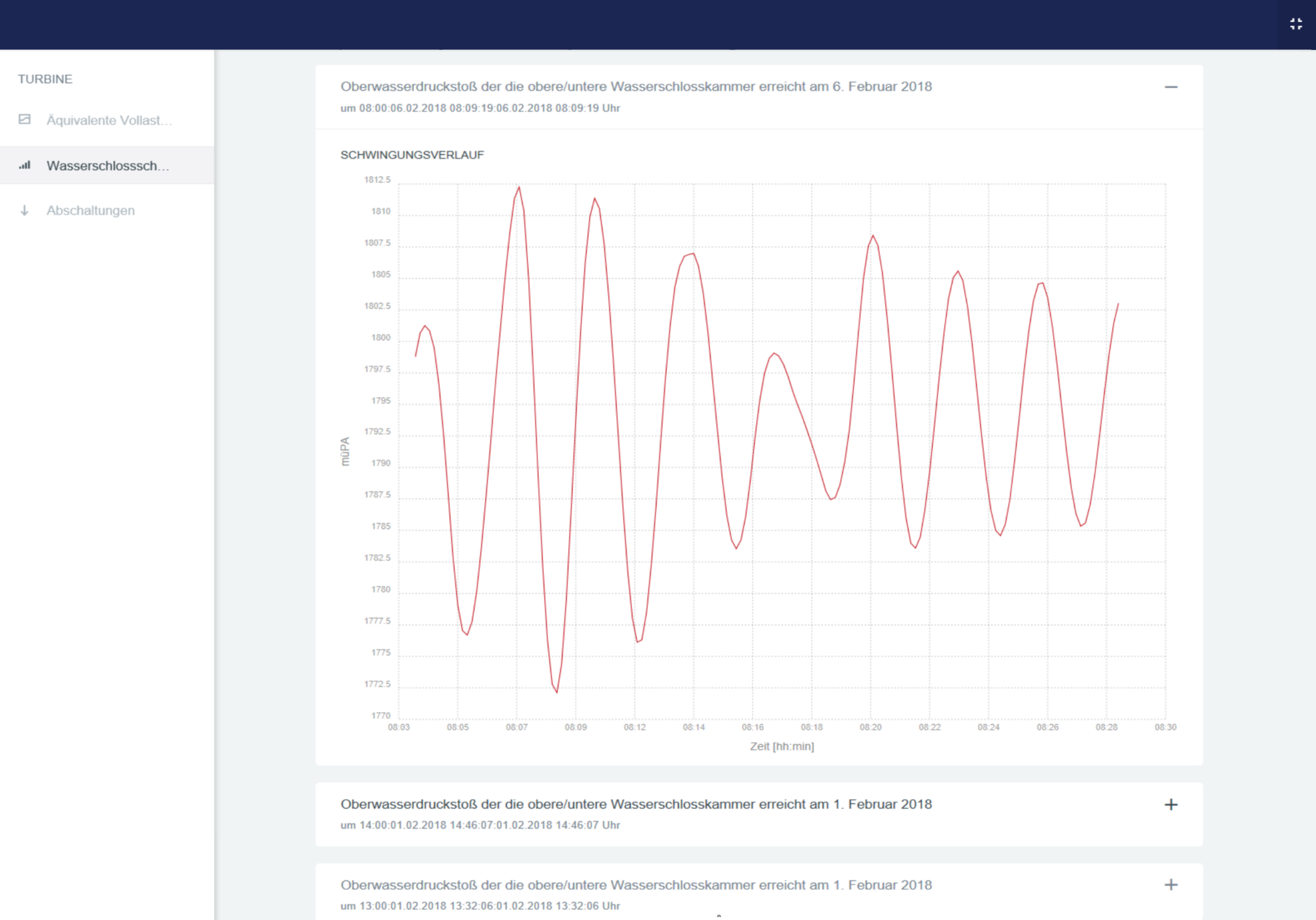
A real-life example of applied machine learning to prevent critical events in a hydroelectric power plant. Part two of the series.
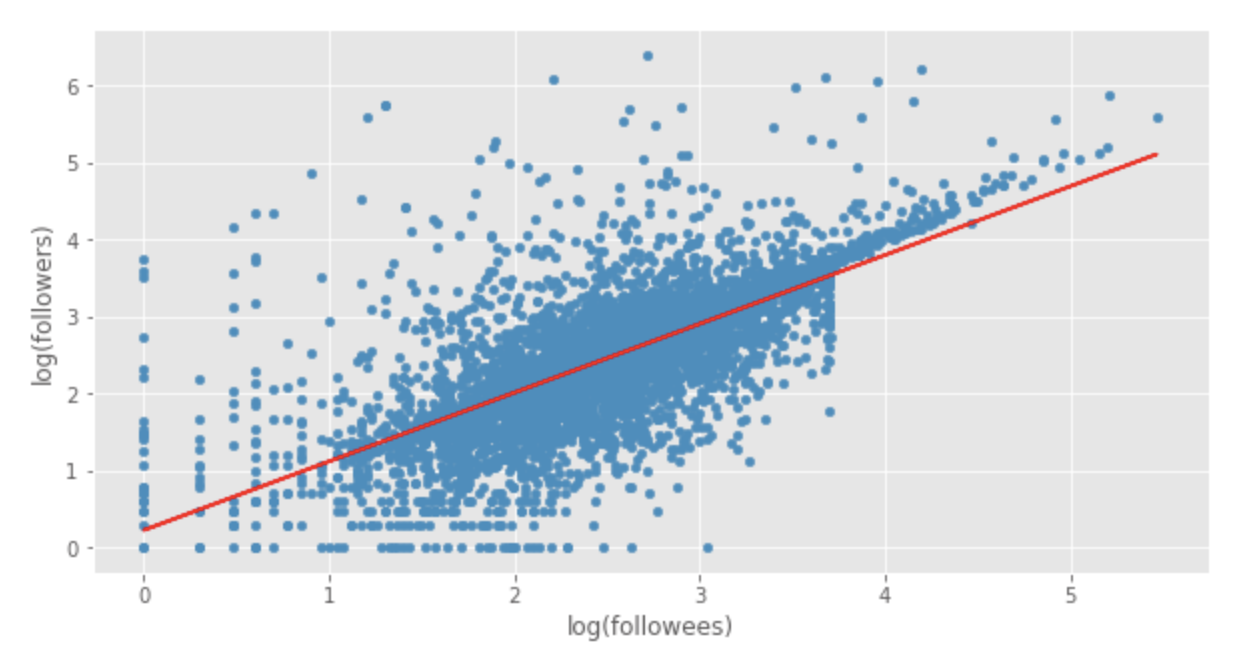
In the third part of this miniseries, I show you how to predict the number of Twitter followers a user has using regression analysis.
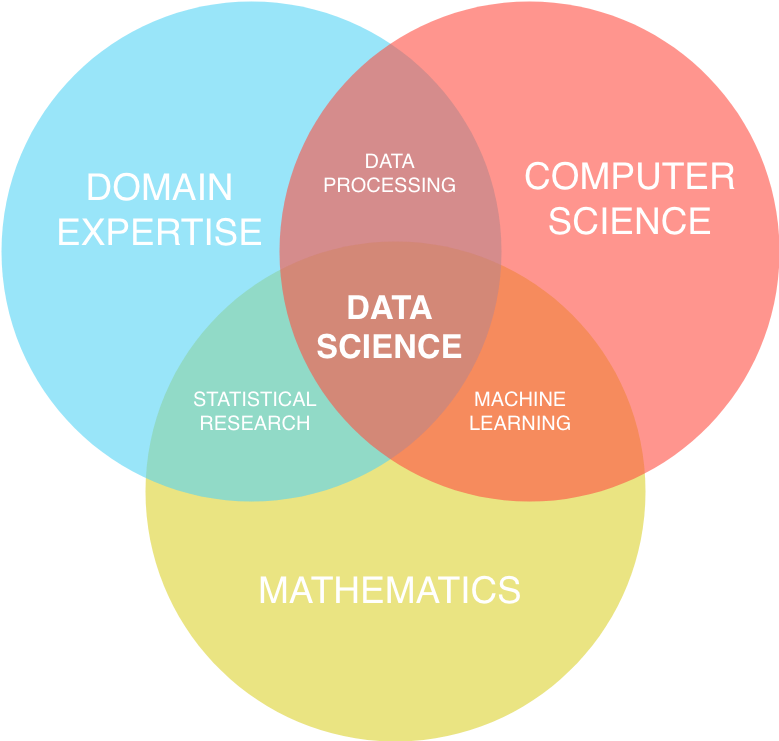
In part two of this miniseries, learn how to get started with machine learning using CrateDB and Jupyter Notebook.
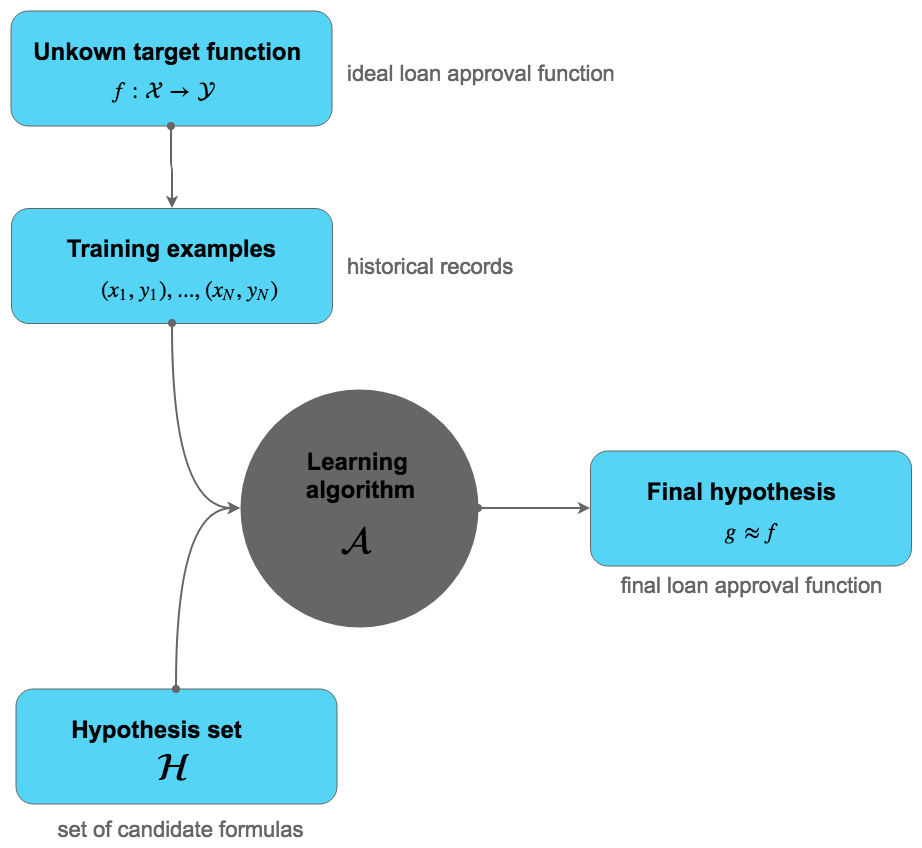
Part one of a miniseries that introduces you to the fundamentals of machine learning and shows you how to get started with some hands-on coding.

Testing and thinking about modes of failure as you design code will help you to write more robust software, which is, in turn, easier to maintain.
Learn why SQL subquery performance was 260x faster than a left join when querying 4.6 millions rows of ecommerce cross-sell data in a CrateDB database.
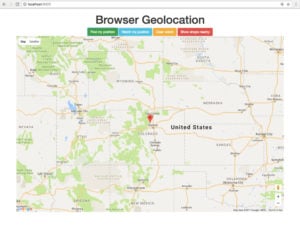
Blog post on the basics of how to get a web user's location, place a pin on a map, and show them museums nearby using JavaScript.

In our last blogpost about Crate's spatial and geographic features we announced the support for the geo_point data type and related operations. Since that post, we have greatly improved our geographic features...
A blog post about my experiments importing 236 million rows of data of the german weather service, DWD, into Crate.